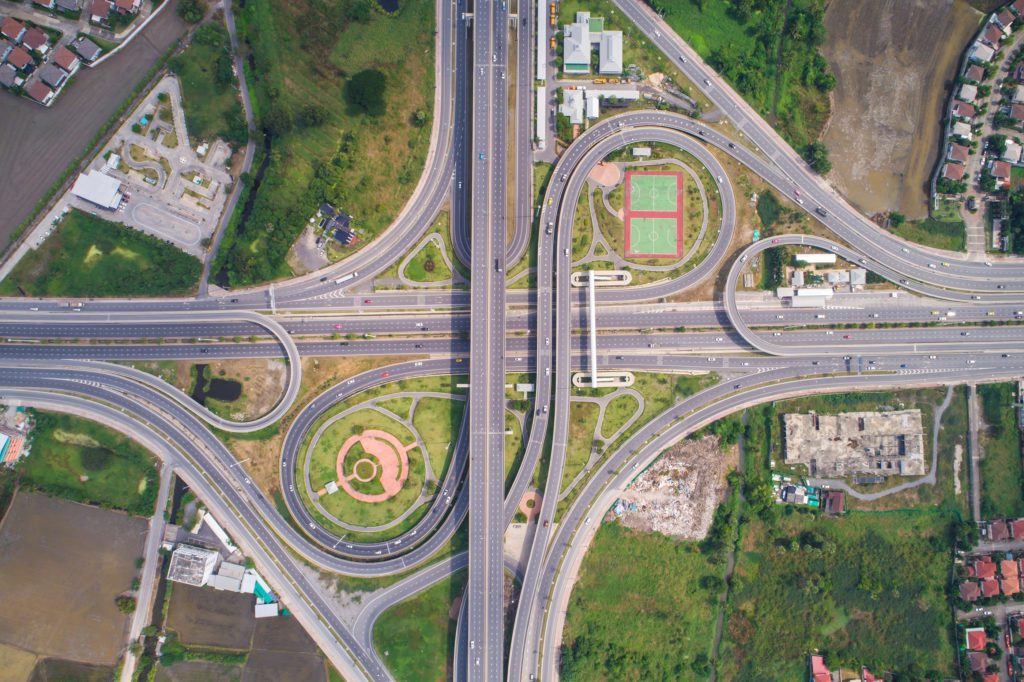While dropping my husband off at the airport for a quick work trip to Houston, I had a bit of a revelation. I do a lot of airport drop-offs and, with the exception of Thanksgiving, like doing them.
I know it sounds a little nuts. Beside Lyft drivers, who actually enjoys doing airport pick-ups and drop-offs? I do, and I’m not even getting paid.
Let me explain. Living in Phoenix, AZ has a lot of benefits and for its size, the airport, Sky Harbor, is one of them. Despite being one of the largest commercial airports in the US (or maybe because of it), Sky Harbor is well designed. The airport is basically built as a series of interlocking concentric circles or loops.
While this might sound really confusing for driving around, it works really well. It’s nearly impossible to take a wrong turn.
If you miss a cut off, no worries, simply stay the course and wait for the next one. And if you still don’t get your turn, you’ll eventually loop back around to your starting point and the chance to take that first exit again. Add in tons of signage and it’s almost impossible to get lost.
On this last trip, as I was driving through a loop, it occurred to me that the airport roads are a lot like the modern buyer journey.
Like nearly everything in our lives, the Internet has drastically changed how we buy stuff. It’s democratized how we get information. Want to know something? Just Google it and answers await. Same goes for buying just about anything; Google it and you’ll probably find someplace that sells it or will at least tell you what to consider when buying it.
And that’s how the buyer journey has morphed from a straight line into something that most closely resembles a pile of spaghetti. Online shoppers are no longer coming in only through your front door (your home page). They’re also entering through your windows, chimney and, in some cases, root cellar. Digital marketing has made for an extremely complex buyer journey.
The problem with complexity is that it’s easy to get confused and more than a little lost. Which when talking about driving means lost time, but when talking about potential clients means lost revenue (dollars in your pocket).
To ensure your prospects end up where they want to go (and hopefully it’s the same place you want them to be), you have to create a buyer journey that’s a lot like driving around Sky Harbor airport.
Regardless of where I enter, I immediate see large signs directing me toward my destination. And if I shouldn’t make the turn in time, I immediately see another sign directing me toward my next opportunity to reach my destination. Even if I end up driving in circles, I’m never in doubt about where I should be headed next.
And that’s the secret. You can’t expect the buyer journey to proceed in a straight line, so you always need a clear direction about where to go next. If I didn’t have signs to direct me in my endless loops, I’d get frustrated fast and demand that my family use Lyft for their many airport drop-offs. Instead, I find the experience of playing airport taxi strangely meditative. There’s something comforting about driving in circles knowing that I’ll eventually get back to that sign directing me out of the airport.
A successful buyer journey needs to be designed in the same way.
Give me lots of opportunities to loop while I’m learning about your offering, but make it super clear about what to do when I’m ready to take that next step and stop at my destination.
